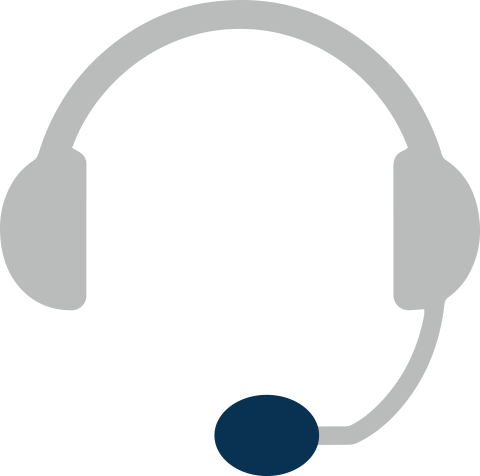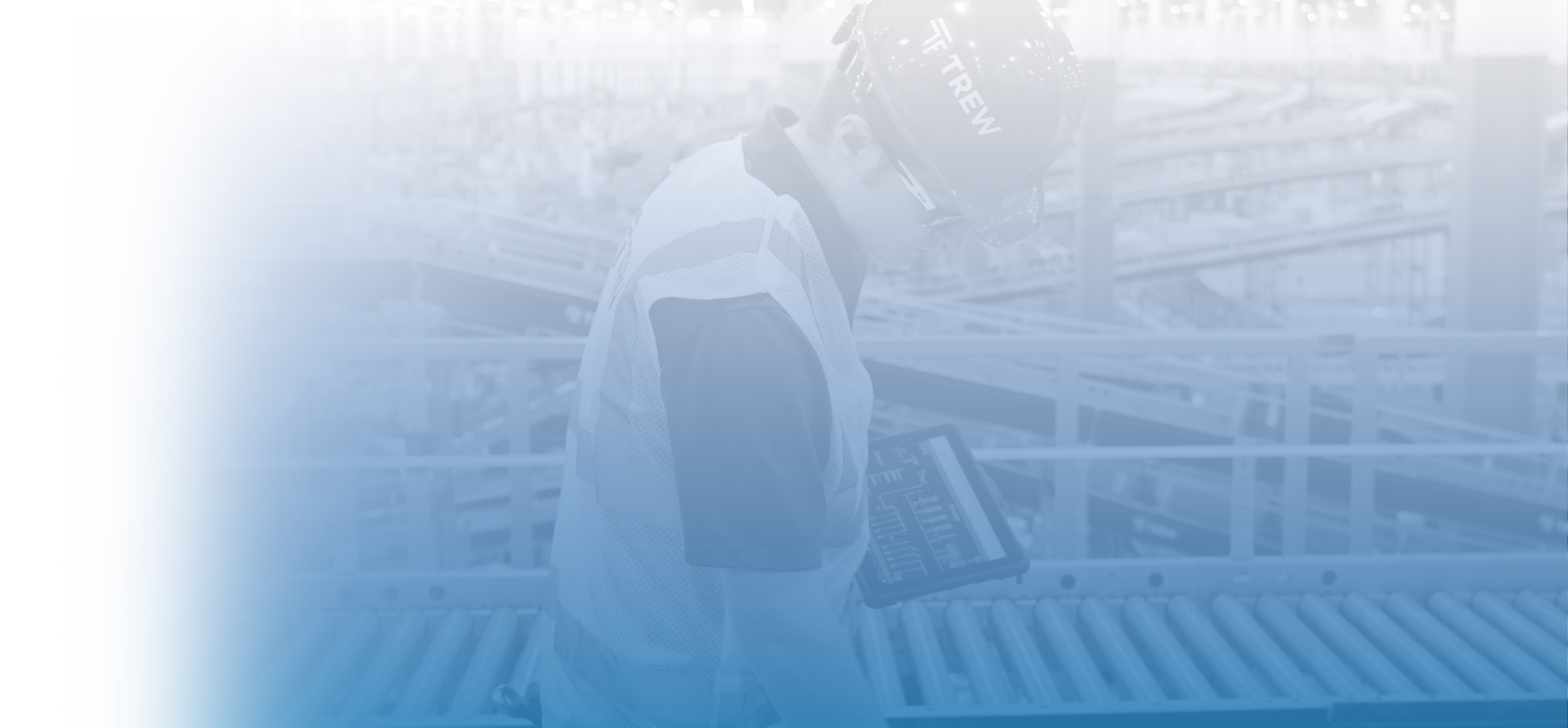Smart Store Fulfillment Starts Here
How Put-to-Store Transforms Retail Distribution from a Bottleneck to a Scalable Advantage
 Fulfillment is Getting Harder
Fulfillment is Getting Harder
According to Delloit’s 2025 Holiday Retail Survey:
“Many shoppers across all income groups remain highly attuned to value, with promotions and deals shaping when and where they spend. But it’s not just about price.” The report continues, “Surveyed shoppers also report seeking quality, trust, and meaningful experiences from the brands they choose. Retailers that can provide high value at both low and high price points this holiday season may be best positioned to attract value seekers.”
Even as ecommerce expands, many brands continue to open new store locations as a way to create meaningful retail experiences for their customers. The complexities of omnichannel logistics require retailers to fulfill online orders, support brick-and-mortar stores, and process returns all from the same site within tight service windows.
According to the WERC 2025 Annual DC Measures Survey & Report, On-Time Shipments became the #1 metric for the warehousing industry this year. Meanwhile, SKU diversity is increasing, labor continues to be difficult to find (and keep), and space inside facilities is at a premium. Growing volume and complexity means distribution teams need efficient and flexible ways to stock stores.
The Problem: When Static Logic Meets Changing Demand
In traditional distribution models, store replenishment often runs on fixed wave assignments and rigid workflows. Every process depends on predictable volumes. However, retail isn’t predictable. When order patterns shift, SKUs surge, or zones get overloaded, static software logic starts to crack.
Here's what that looks like:
-
Totes back up in congested areas while other zones sit idle
-
Operators are overworked in some areas and underutilized in others
-
Partial cases create confusion at the inventory level
When growth and complexity outpace what manual processes can handle, incremental steps can make a big difference. By adding the right software and Put-to-Store system, operations can evolve from manual mayhem to synchronized performance without the disruption of moving to a new warehouse or pausing operations to install.
The Case for Batch Pick to Order Consolidation
For operations replenishing multiple stores, three traits often make batch picking a strong fit:
-
Higher lines per order
-
Higher SKU consumption rates
-
Higher commonality of SKUs across orders
It’s easy to get excited about the advantages of batch picking, where a single operator can pick for multiple orders, reducing walk-times and driving up efficiency and accuracy. BUT the right order consolidation process downstream of picking is what really delivers the success! Without the right method for order consolidation, the picking benefits are easily diluted or lost.
 There are a number of innovations that enable order consolidation from batch picking, each with their own operational fit:
There are a number of innovations that enable order consolidation from batch picking, each with their own operational fit:
-
Manual Put Walls
-
Automated Put Walls
- Traditional Item or Unit Sortation Systems
- Sort to Chute Systems – Push Tray, Tilt Tray, and Cross-Belt
-
Sort to Box Systems – Split Tray (Bomb-Bay)
Batch picking allows operators to collect inventory for multiple stores in a single trip, improving speed and accuracy. In the put-to-store process, items are sorted from donor totes or cartons to their assigned store orders at put walls equipped with light- or RF-directed item sorting.
The result is faster replenishment, fewer touches, and a smarter path to scale. Often, put walls can be easily added to existing Brownfield footprints.
Put-to-store
The Solution: Put-to-Store
What is it?
A put-to-store (PTS) system is a store fulfillment and order consolidation process that uses light- or RF-directed technology, cubbies, conveyor, and warehouse execution software (WES) to efficiently sort mixed SKU batches into store-specific orders.
Conversely, cartons that can be fully consumed can skip the putaway process and be conveyed directly to the put-to-store area or even cross docked to be shipped directly to their store, reducing cycle time and the amount of storage capacity utilized.
Rather than picking and packing each store’s order separately, SKUs travel from batch picking or inventory to wall-based put zones with the help of orchestration from a warehouse execution system.
Put-to-Store brings real-time decision-making to store fulfillment operations, allowing scalability without sacrificing speed or accuracy.
-
Inbound containers are evaluated on the fly and routed based on zone capacity.
-
Full-case consumption is prioritized, minimizing touches and maximizing store-level accuracy.
-
Operators work with color-coded lights, allowing multiple people to sort orders in a zone without confusion.
- Wave releases overlap, keeping the floor moving during peak without gridlock.
what it looks like in practice
Let’s say an inbound carton hits your decant station. WES logic immediately asks:
-
Is the intended zone available, or is it at capacity?
-
Can this carton be fully consumed in one zone?
-
Would routing it to another zone allow faster processing?
Operators are assigned by workload. One associate may handle two high-velocity stores. Another may work five low-velocity stores. Each follows a unique color of light, so there’s no confusion even when working side by side.
Behind the scenes, the WES is managing:
- Zone structure and configuration
- Store velocity rankings and seasonal trends
- Exception handling and crossdock logic
Let’s break it down by what it solves in the short term and in the long term.
Short-Term Wins
1. Congestion relief
In traditional systems, when a zone gets full, cartons stall. A smart put-to-store solution bypasses full zones automatically and reroutes containers to an available operator, keeping flow continuous. No manual intervention. No backups.
2. Balanced Labor
Multiple operators can work in close proximity using color-coded lights, which keeps everyone productive and accurate, even as volumes shift throughout the day.
3. fewer touches, better accuracy
Cartons are routed where they can be fully consumed. This reduces waiting for more items to close, disorganized partial cases in recirc, cuts unnecessary touches in the warehouse, and improves store fulfillment precision.
Long-Term Advantages
1. built for growth
Configurable store matrix screen means you can easily add new stores. Configurable bay and put zone mapping accommodate volume fluctuations without re-engineering the system.
2. peak season performance
During high-volume periods, overlapping waves and flow control absorb throughput spikes without adding headcount.
3. brownfield-friendly
Put-to-Store can be deployed in existing fulfillment operations and interface with the current WMS. With QA and simulation tools, teams can test everything before go-live.
Store Fulfillment is Routine Until it Isn’t
If the thought of opening stores faster than your DC can support keeps you up at night, then you need better throughput without rebuilding your entire warehouse.
Put-to-store is deceptively sophisticated. On paper, it’s just separating cartons into store-specific lanes, and putting batches of items into store orders. In practice, it’s a high-speed decision engine that adjusts to changing volumes, labor levels, and seasonal demand without breaking stride.
Ready to Rethink Store Replenishment? LET'S TALK about how put-to-store can help you scale with confidence.
Please submit this form.


















